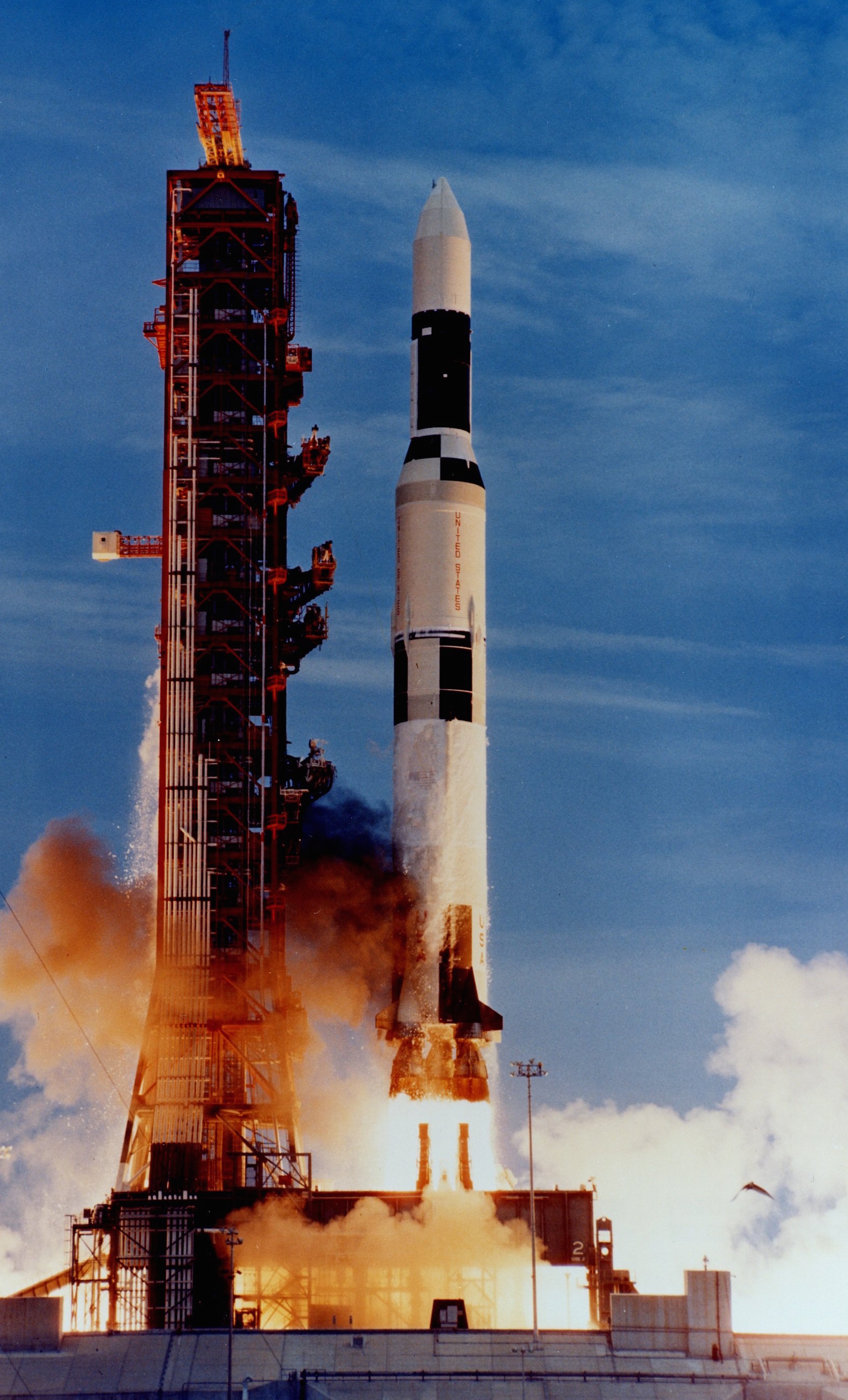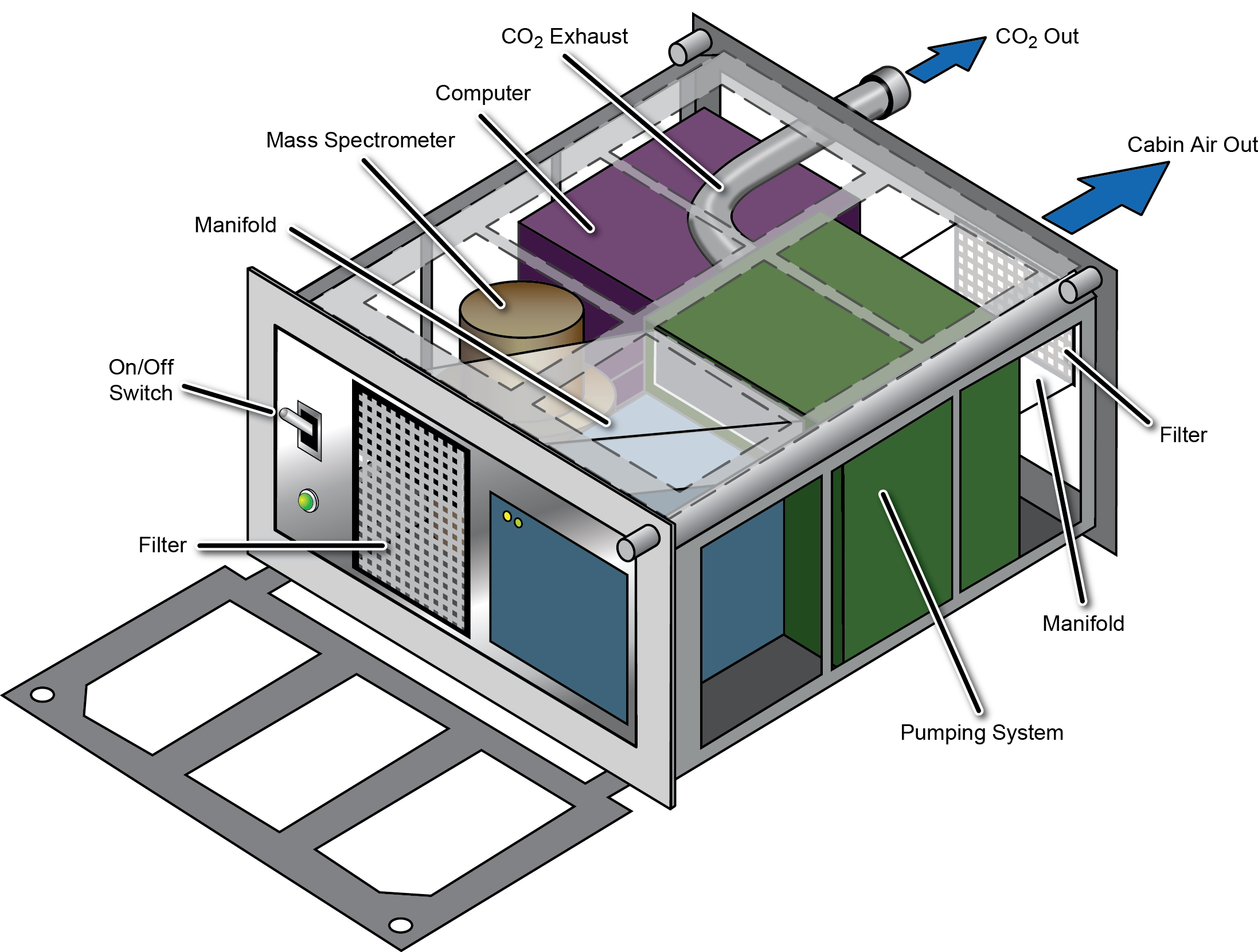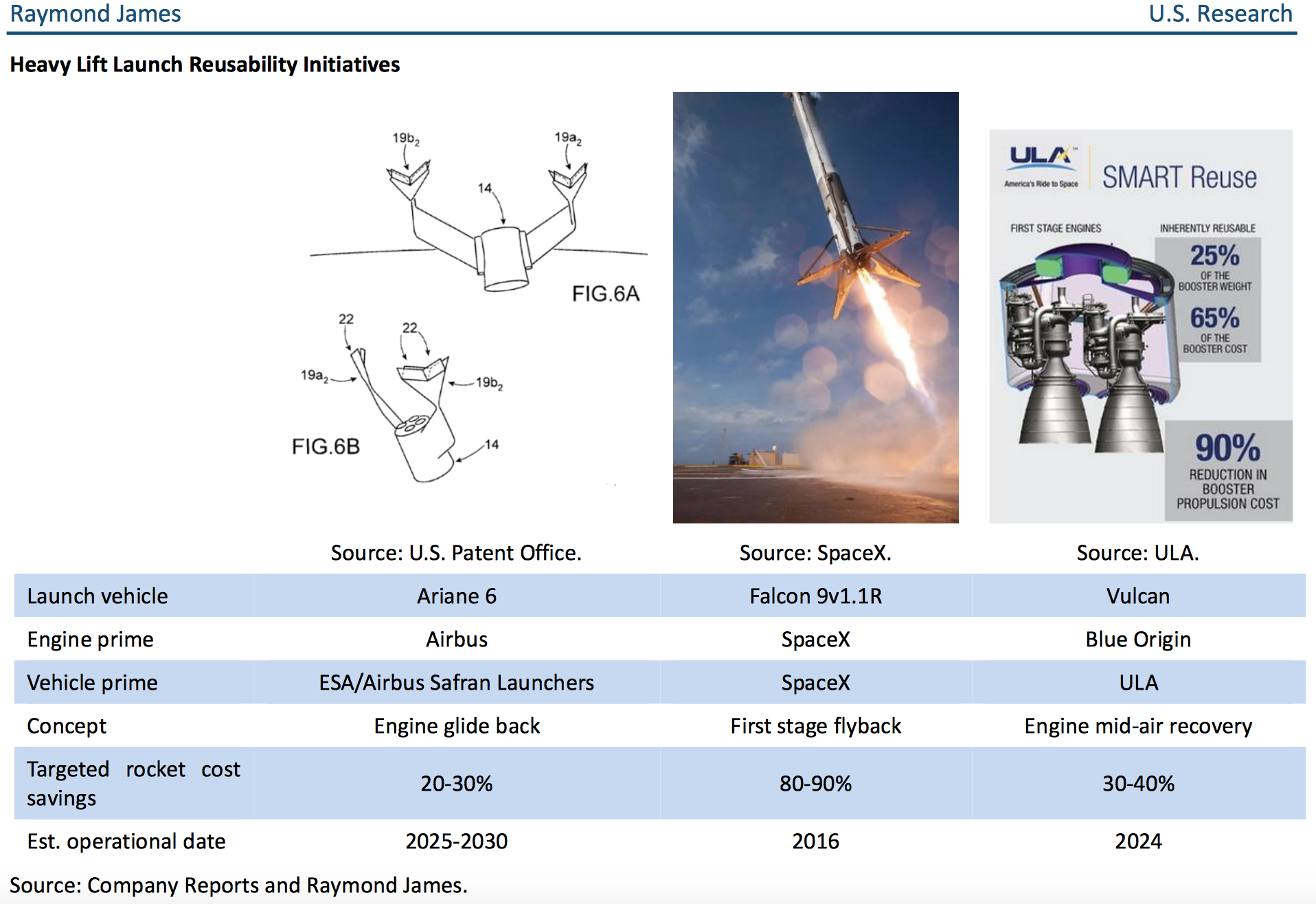Rocketry
Topic outline
-
Written by: Miguel Rico, in collaboration with Kimberly Tran, EIS Education Team Members, February 2016
Title of Lesson: Rocketry
Topics: Rocket Principles and Physics, Orbital Mechanics, Rocket and Spacecraft Design Considerations, Rocket Propulsion, Interplanetary Spaceflight, Cost and Economics, Experiment Design
Grade (Age) Level: High School (Ages 14-18), UniversityIt should be mentioned that this course provides a very superficial overview of rocket and spacecraft design. This is by no means a comprehensive resource. Other websites, some of them included here, do a good job of explaining important aspects of rocketry and space exploration. This is a course designed for learning purposes and for a general context that will hopefully help you design a viable and meaningful experiment.

Here are a few sources to learn about rocketry, spaceflight and space exploration in general:
http://www.braeunig.us/space/index.htm
http://exoscientist.blogspot.ca/2012/05/coming-sstos.html and other posts by Bob Clark
http://www.nasa.gov/mission_pages/station/expeditions/expedition30/tryanny.html
-
Forum
-
-
The topic of rocketry and spacecraft design is included in EIS because to conduct a great deal of space exploration and research, one needs to be able to visit different objects in the Solar System (e.g. planets, moons, asteroids, comets). Conducting any sort of experiment in Low Earth Orbit (LEO) also requires a suitable rocket to get there as well as a spacecraft or artificial environment in which to carry out a given experiment.
Rockets and other means of traveling outside of Earth are therefore crucial if we are to conduct large-scale, meaningful experiments and explore the Solar System.
Apart from appreciating the importance and beauty of rockets and spacecraft, this course serves to give you a better understanding of what is feasible or even possible and also make you aware of possible areas of improvement that you could make contributions in.
For example, spacecraft that need to make frequent attitude adjustments often use reaction wheels, often known as gyroscopes. These consist of a mass that rotates around a central axis and, through the conservation of angular momentum, are able to impart torque on the objects they are attached to once their axes change their orientation. It turns out that miniaturizing these devices could be useful in spacesuits, where they could restore some of gravity's advantages by resisting an astronaut's movement, and in low-gravity environments such as those of asteroids, where they would aid in astronaut and spacecraft locomotion.
http://spectrum.ieee.org/aerospace/space-flight/tomorrows-space-suit-personal-gravity-pack-comes-standard
http://spectrum.ieee.org/video/aerospace/space-flight/a-gyroscope-jetpack-for-astronautsAnother example is the type of system used to maintain proper atmospheric conditions inside a spacecraft, in particular the removal of excessive gaseous CO2. Often, a spacecraft will have limited amounts of power and space to operate all of its systems. This also goes for life support systems. Miniaturization and efficiency improvements of these components will not only enable more feasible space exploration and experimentation, but also have application on Earth that may include toxic gas removal, gas purification for industrial processes, scuba diving and cheaper and more efficient machinery for the maintenance of atmospheric conditions in sensitive environments such as hospitals and clean rooms.
One such miniaturized CO2 scrubber might look like the one below, a proposal by Dynetics:

Overall, you should consider the following:
1. In what ways are rockets and spacecraft making use of established/developing rocketry principles and/or newly developed technology? Could this technology be improved for use on Earth and in space?
2. What are some of the most pressing problems in spaceflight? What is the nature of these problems?
3. How could microgravity or the environment in space help to explore a solution to this problem?
-
In order to design and build rockets, it is necessary to understand how they operate. There are a series of equations and principles that rocket engineers need to use to succeed in sending a given mass to a given location in space.
-
This webpage by NASA goes through a tour of the various equations that need to be considered in rocketry
-
-
Rockets, and by extension spaceflight, are expensive. At best, the current price per kg for current orbital launch systems lies at around $4000 [1,4]. But why? Refuelling the rocket, even when accounting for expensive fuels, costs less than 0.5% of the total rocket cost [3,4]. Flight operations for relatively high flight rates also do not make a significant contribution. In fact, most of the cost of a rocket can be attributed to the cost of the rocket hardware (i.e. rocket structure, engines, avionics, etc.). The reason spaceflight is so expensive is that, traditionally, such multi-million rocket hardware has been discarded after flights lasting for fewer than 10 minutes [5]. This means that a great percentage of the $60 million [1,3,4] - at the current best - needed to build and launch a multi-ton payload rocket ends up crashing into oceans or deserts or burning up in the atmosphere. This is the equivalent of disposing of an aircraft or car after a single journey and needing to buy another one for the next. The conclusion that we can draw from this analysis is that reusability has the potential to drastically lower the costs of using a given transportation system. Why are we talking of potential here? Because to exploit reusability's advantages, a few things need to happen:
1. Recovery - If the rocket crash-lands and sinks in the ocean or if it burns up in the atmosphere, any potential reusability engineered into the rocket is worthless. The complexity and cost associated with recovering and transporting the inert rocket over long distances should also be avoided.
2. Refurbishment - once the rocket is recovered, it needs to to be refurbished (i.e. restored to a condition that will enable it to launch again). The fewer stressful conditions the rocket is put through, and the more stress-tolerant the rocket is, the more will the rocket profit from reusability's potential advantages.
3. Relaunch - This is the last step, and usually the one that is most talked about. Once the rocket has been refurbished, relaunching should be as easy as readying the rocket for launch on the launch pad by positioning it at the desired location and refueling it. However, reusing a rocket by relaunching it should only be considered when the two previous costs, recovery and refurbishment costs, cost significantly less than building a new rocket. Flight rate is also a very important factor. When rockets are not launched often, the cost per rocket launch increases. This is because fixed costs such as flight operations (ground crews), keeping open supply lines or launch pad rentals make up a greater share of the total cost.
There have been several proposed concepts to reuse rockets, ranging from rocket booster flyback [6] to mid-air engine recovery [7] and propulsive vertical landing [8].

Figure 1: This table by Raymond James shows 3 of the many reusability concepts currently under consideration
or
development.
Some other noteworthy mentions include Skylon, an air-breathing single-stage-to-orbit (SSTO) spaceplane that makes use of a novel engine cycle called SABRE [9]; the Baikal booster, a Russian proposal that would make use of wings for a horizontal landing [6]; and Escape Dynamics' recently discontinued microwave-powered SSTO vehicle [10,11].As we can see, there are many concepts and proposals that seek to make reusability feasible. The problem with reusability is that the addition of recovery systems subtracts from the useful payload you can carry into orbit. Already, it is difficult to design a rocket that is able to withstand strong vibrations, aerodynamic loads and hundreds of degrees of temperature difference and that can put approximately 2% to 4%
of rocket mass into orbit [12,13]*. Adding recovery systems such as landing systems, aerodynamic flight control surfaces and extra fuel might result in zero or even negative payload to orbit. The challenge for rocket reusability has therefore been to engineer a rocket that, even when outfitted with recovery systems, is able to carry useful payloads to orbit.The key to achieve this is to exploit all and any efficiency advantages that physics, chemistry and math can give you. But first, let's look at how the efficiency losses of current rockets. First there is the propellant.
-
-
Forum
Now that you know more about current developments in rocketry, what do you think comes next? Use this forum to post links to articles you come across or discuss your predictions.
-
-
Complete the journal. When you're done please complete the survey and share your thoughts about about the course.
